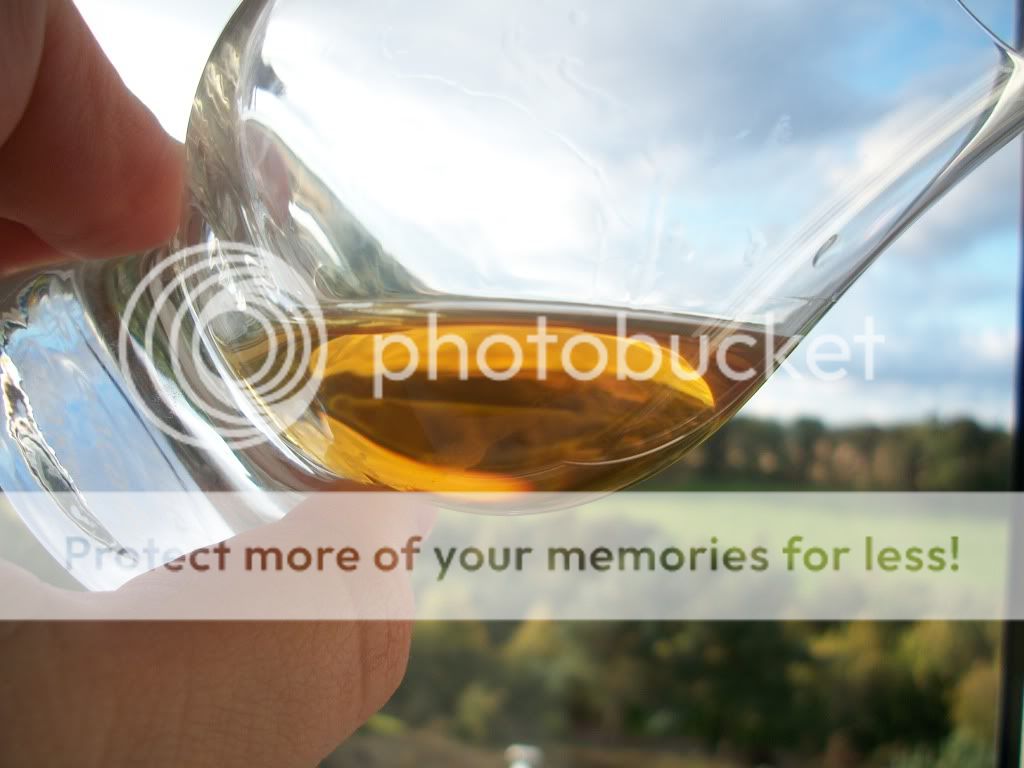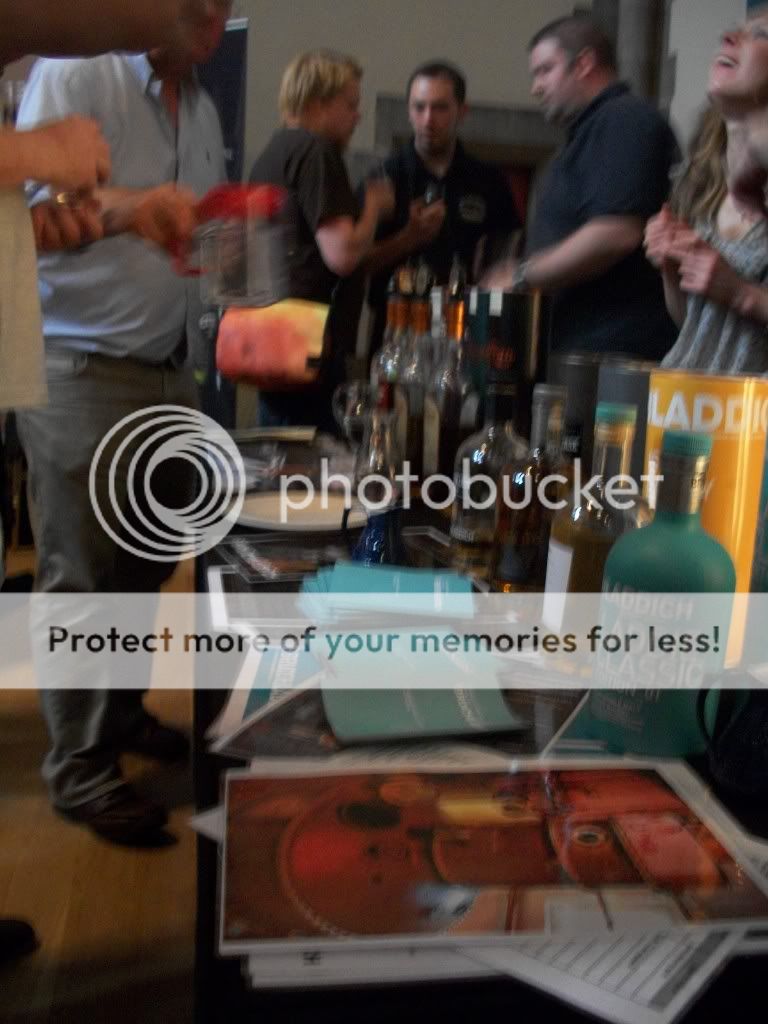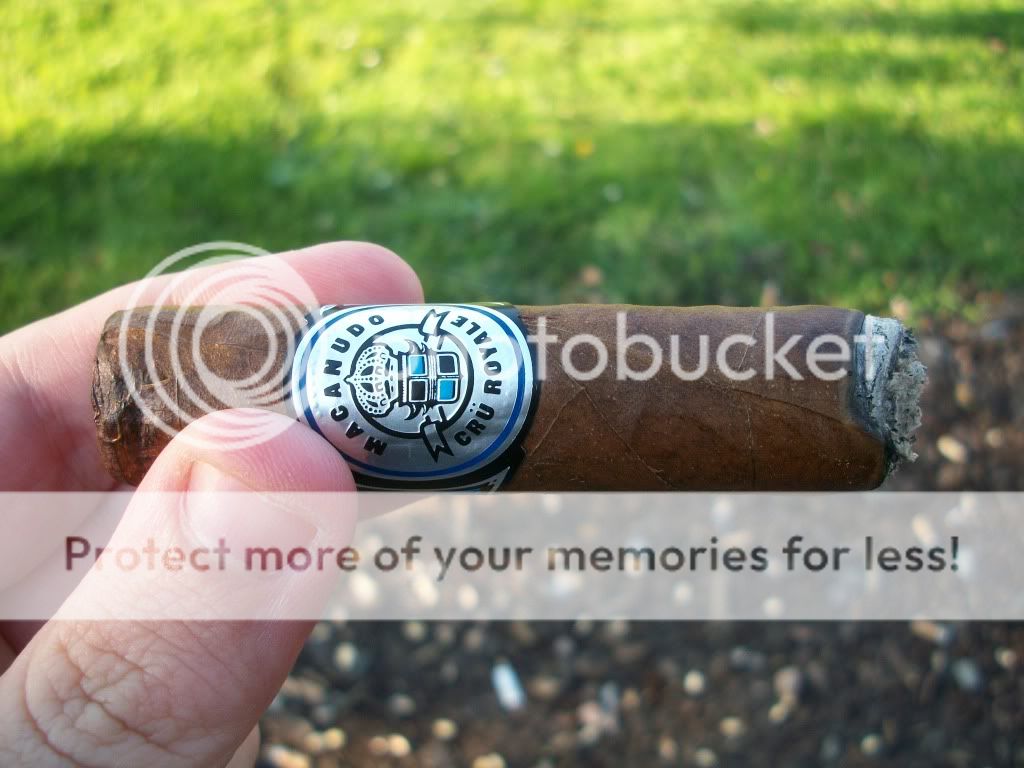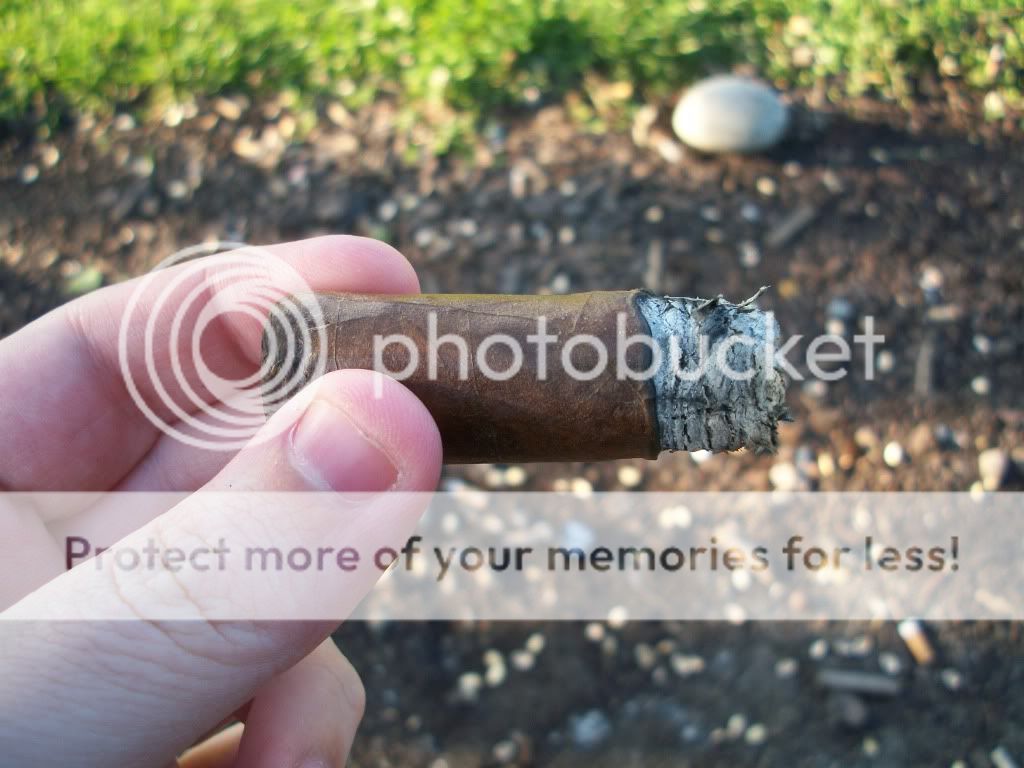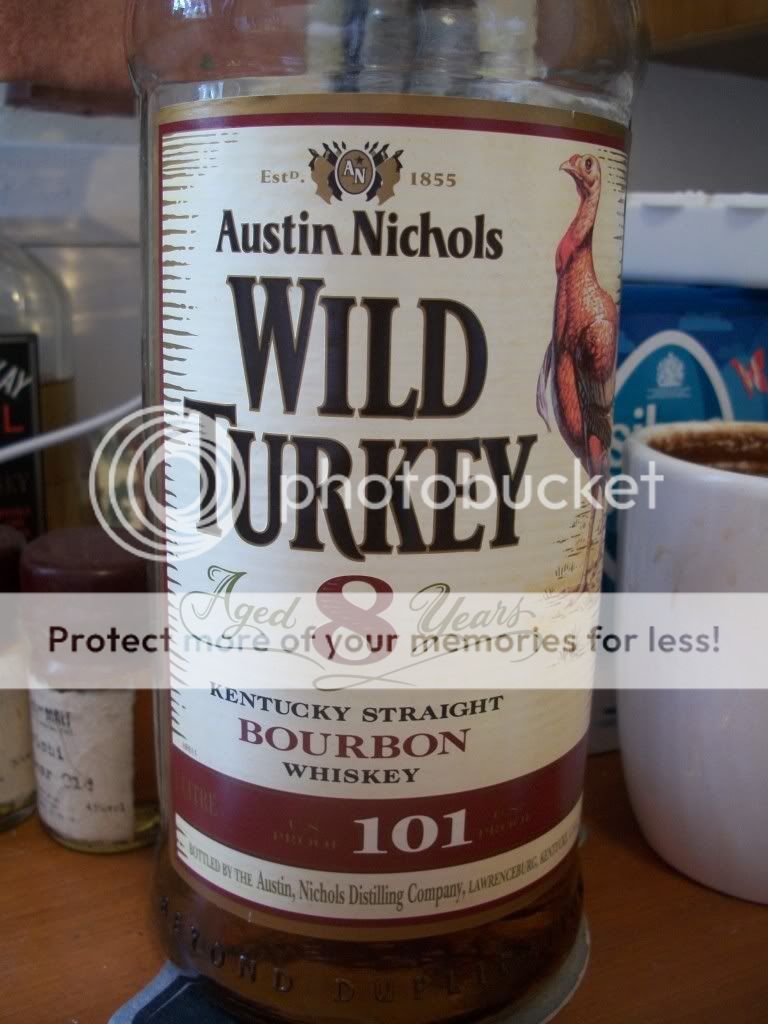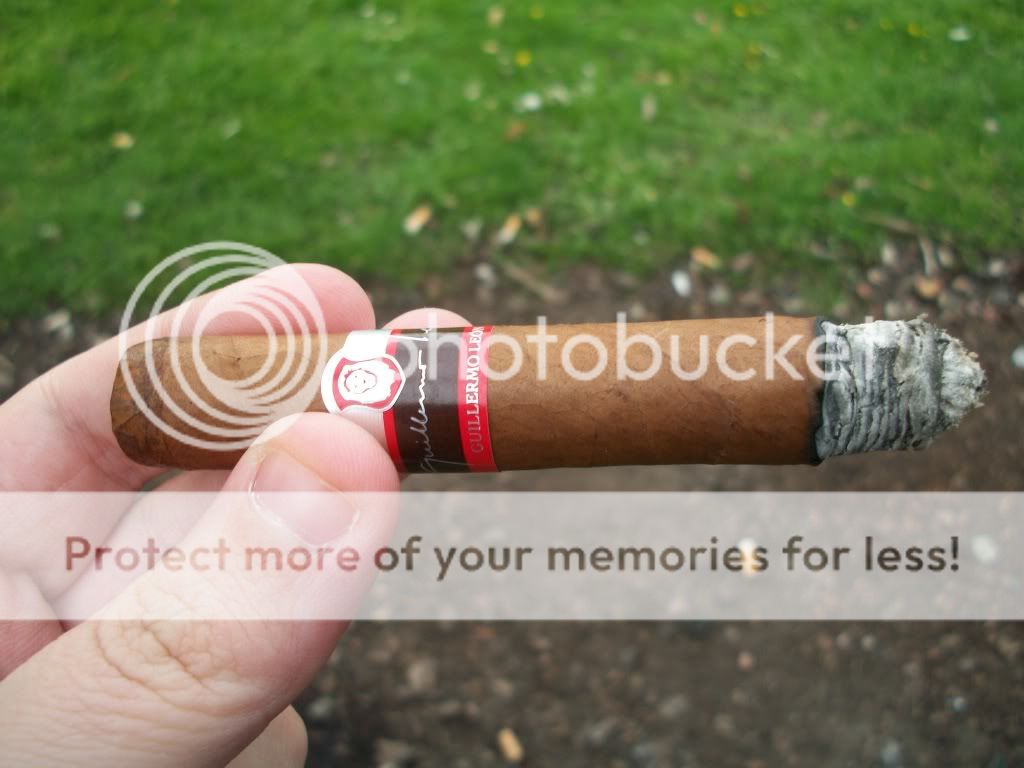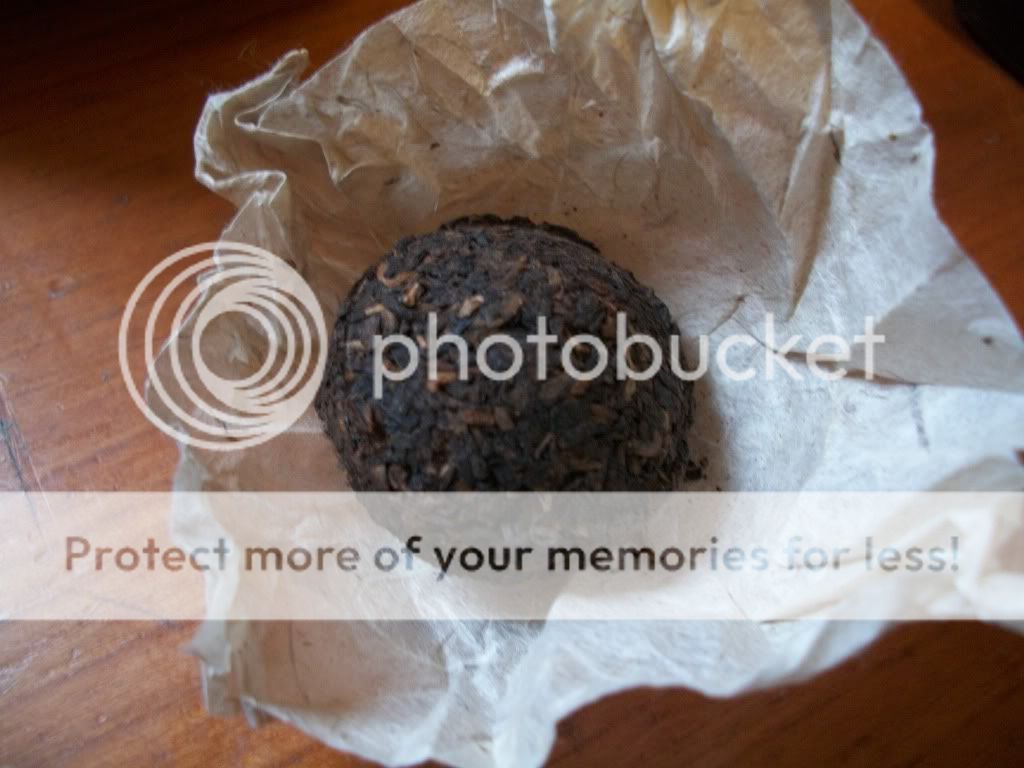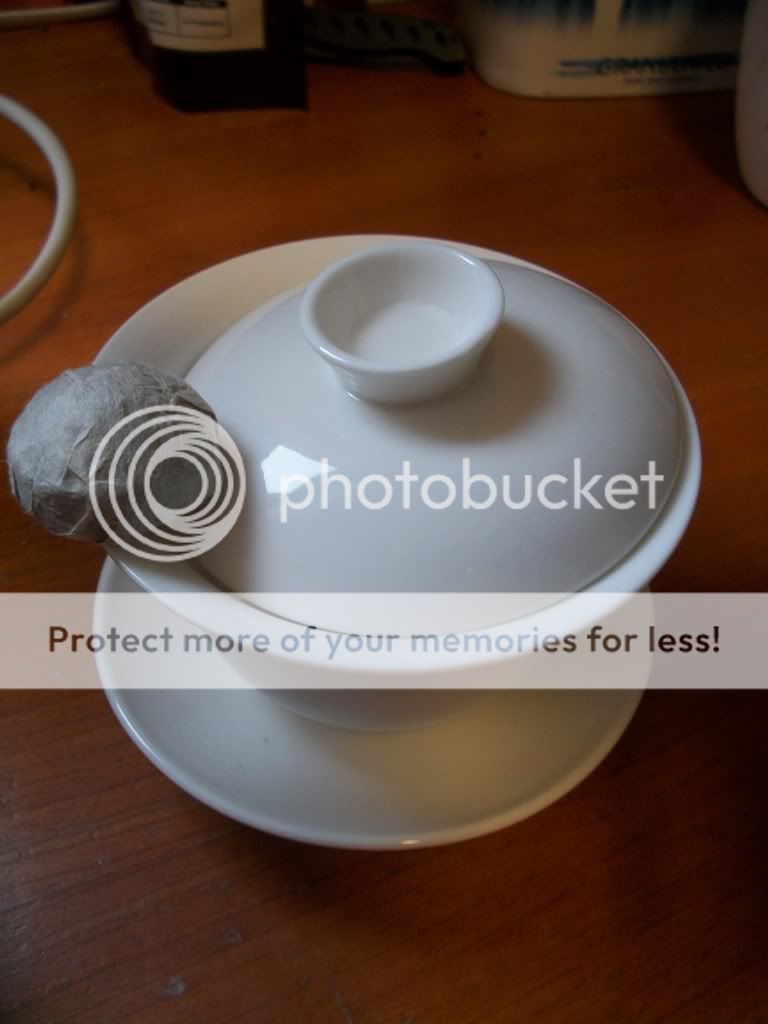Unfortunately, games cost money. Well, legitimate games cost money and I'm a man of the law. You should know this because I never buy Cuban products. Ever. While I make a solid amount at Tuthilltown, most of it goes to ancillary bills and related costs. Seriously, gas is so damn expensive. What's the deal with that? They're just decayed dinosaurs. Let's compress some garbage and make more oil. Problem solved.
Anyway, Steam has decided to royally screw with me for not just a few days but, like, two solid weeks. The Steam Holiday Sales cause much strife to my wallet so I have decided to do something about it. If you don't follow me on Twitter, awhile back, while I was writing my thesis, I would write people 1000 word stories provided they gave me the first sentence and an email to send it to. I would do this for free because I love you. And people really enjoyed their stories. Here is an example of one of the stories I wrote:
He knew they were in trouble when he found out the penguins had got into the whiskey. The long days guarding the penguin pen from inquisitive children and particularly light-fingered teens had taken their toll on him. It was a bottle of blended scotch he kept in the feeding room, tucked behind some of the multiple buckets they usually filled with herring to throw at the little bastards. He didn’t even care if it smelled like fish when he drank it. But now the cat was out of the bag. And in the stomach of a dozen penguins.
It was our job to do clean-up on this. Shannon has a degree in Marine Biology which, frankly, means she‘s frighteningly overqualified for this kind of grunt work. I went to college for a degree in English. That’s how I ended up being a professional penguin wrangler. You wouldn’t think that twenty years after I proudly exclaimed, at three years old, that I would be a scientist that you’d find me standing knee deep in water in a penguin habitat. I think Shannon only does it because she likes to watch them waddle. The water was frigid and smelled like decomposing fish and I‘m really regretting my life choices. But I had an apartment that required rent and a belly that constantly required food. So here I am, wrangling penguins.
Normally, it’s not too hard to wrangle penguins. There’s a variety of tricks you can use to lure them into the cages they transport them to the vets in. A tried and true method, as cartoony as it sounds, is a fish on a stick. Penguins love fish and aren’t known for their agility on land. You just have to slowly amble along slightly faster than those little tuxedo’d wretches, holding out that stick, and they’d plod their way into the cage after awhile. The other method is a bit more tricky. Catching a penguin is no small feat. They may not be fast on land but they’re slippery little devils and, once the get into the water, it’s nigh impossible to catch one of them. At that point you just have to wait for them to tire out and nab them when they pass out. But drunk penguins…
I’m wading around in the water trying to get these drunken little buffoons to swim in Shannon’s general direction so she can catch them with a pool skimmer. They’re amazingly drunk and are having a hard time not just swimming straight but thinking straight as well. Two of them are in the corner, fighting over absolutely nothing. Another one is just standing at the glass wall, staring at the children who are laughing at what must be the best day of their young lives. Two grown adults, chasing after penguins. A child’s dream come true.
I catch one as it wobbles around like a poorly made top. It flops around like a beached fish and I put it into the cage. Behind me, I hear another penguin throw up. I didn’t know penguins could throw up. Did you? Well, they can. And the smell of scotch soaked fish is not a pleasant one. The zookeeper tells me that the bottle fell into a bucket of fish early last night after closing and the fish marinated in their ethanol bath overnight. The smell of the fish covered the alcohol and, after morning breakfast, there were some mighty inebriated penguins. Another penguin swims close to me and, by sheer luck, I scoop it out of the water and put it into a cage. It stares at me with it’s beady little eyes. If it could, it would try to fight me with a broken bottle. I can see it.
Hour after painful hour we spend in that enclosure, pursuing our little web-footed prey. You’d think you’d catch one but the water slicked skin would just bounce off your rubber gloves. You’d get them cornered and they’d panic like sheep, bolting in different directions and it would be back to trying to corral them again. The last one just gave up. I’m pretty sure it was hung over. It laid down on the ground and just let us pick it up. I kind of felt sorry for it. After I put it into the last cage, the zookeeper came over and heartily clapped us on the back. He handed us our check and we went back to the truck. I pulled off the rubber gloves and looked at the check. $150.
I’m going back to school.
So yeah. Now, thanks to Steam (blame them), I gotta charge $5 for 'em. So follow me on Twitter because that's where the magic happens. Whenever the Steam Holiday Sales for the day come out (usually at 1pm EST), I take a look through them. If there's some games I want, I calculate how many stories it'll cost and I'll put a post up on Twitter. Probably on Facebook too. You message me / DM me the first line of the story and an email to send it to. I send you my Paypal email (hint: its my Contact email). I write a 1000 word story in about a half hour based on the first sentence. You get literary gold (I guess?) and I get vidja games. Everybody wins. So stay tuned.










